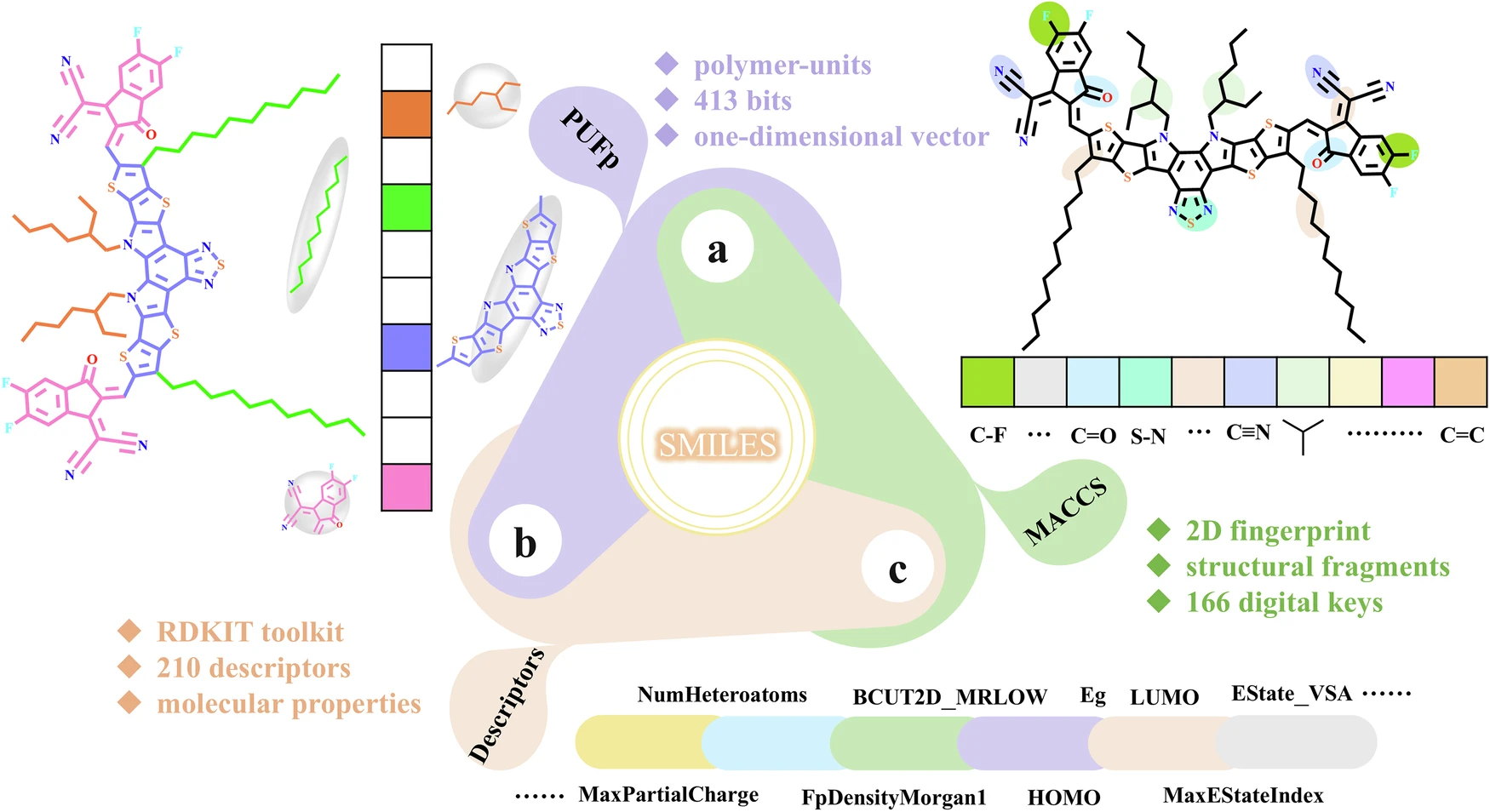Machine Learning Meets Solar Energy: A New Era for Organic Photovoltaic Materials
Quantum Server Networks brings you another cutting-edge breakthrough in materials science! Today, we explore a remarkable new study on how machine learning and polymer-unit fingerprints (PUFp) are reshaping the future of organic photovoltaic (OPV) materials.
Published in npj Computational Materials (full article here), researchers from Southern University of Science and Technology and Nanjing University of Science and Technology developed innovative algorithms that accurately predict the performance of OPV materials before physical synthesis. A key innovation: the use of Polymer-Unit Fingerprints (PUFp) instead of traditional molecular descriptors, boosting both the prediction accuracy and interpretability of structure-property relationships.

Breaking Down the Discovery
Organic photovoltaics have long been hailed for their potential: flexible, lightweight, and cost-effective. However, optimizing their performance has remained a challenge. By leveraging a database of 1,343 experimentally validated OPV non-fullerene acceptor (NFA) materials and training five machine learning models, the researchers identified Random Forest (RF) as the best performer.
Using the new PUFp methodology, the study uncovered critical polymer units that contribute most to high power conversion efficiencies (PCE). The result? A predictive model that can rationally design new materials for next-generation solar cells, accelerating discovery and reducing trial-and-error laboratory work.
Why This Matters
Organic photovoltaics are a transformative solar technology. They are now finding applications not only in rooftop installations but also in wearable electronics, mobile device chargers, and building-integrated photovoltaics (BIPV). Machine learning dramatically accelerates material development cycles and improves predictive insights — paving the way for the mass adoption of organic solar technology.
Further Insights
Machine learning’s role in material science is growing exponentially. Beyond OPVs, ML is enhancing the discovery of perovskite materials, battery electrodes, and thermal conductors. Using fingerprints like PUFp ensures that future material innovations are faster, cheaper, and more environmentally sustainable.
The future of clean energy could very well be polymer-based — and machine learning is the catalyst.

Comments
Post a Comment